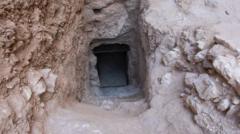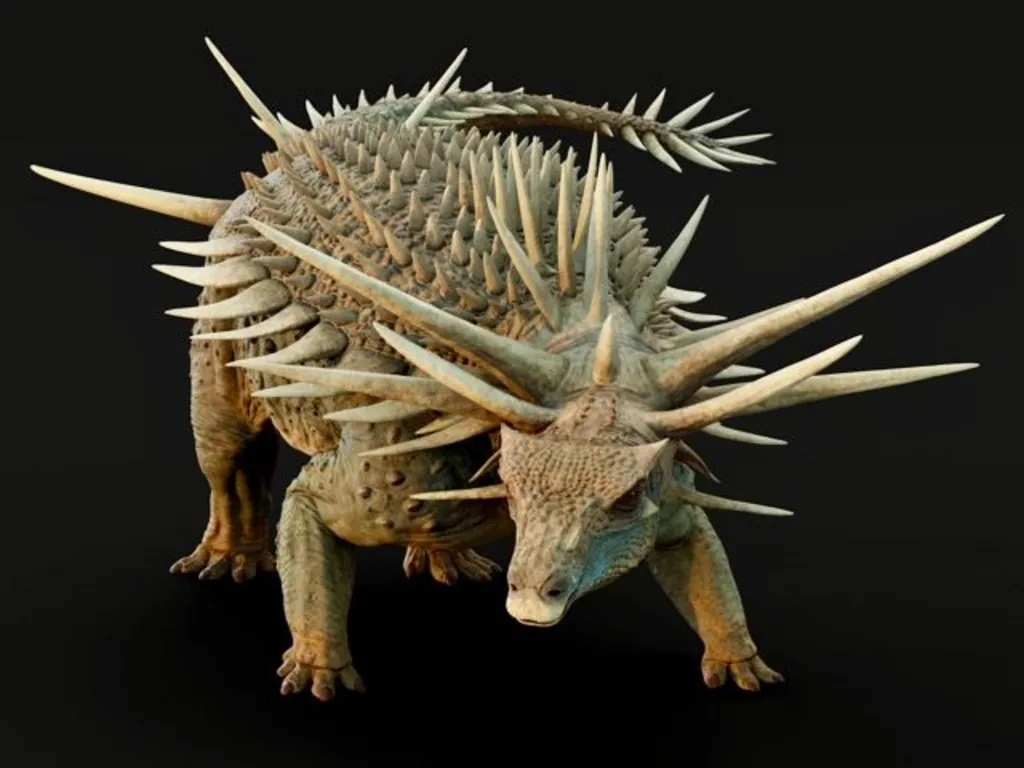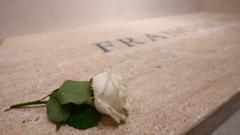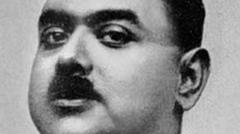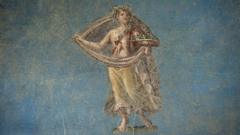The team led by British archaeologist Piers Litherland has made a remarkable announcement regarding the potential discovery of a second tomb associated with King Thutmose II, just after uncovering a notable tomb tied to Tutankhamun over a century later. Litherland, speaking to the Observer, suggested that this new location may contain the mummified remains of the prominent pharaoh.
Experts believe the original tomb was likely raided six years following the pharaoh's burial due to a flood, prompting the relocation of its contents. Mr. Litherland hypothesizes that the second site is hidden beneath an artificial 23-metre structure made of limestone, ash, rubble, and mud plaster, intended to imitate mountainous terrain within the Theban Necropolis, situated close to Luxor.
The first tomb discovery was made behind a waterfall, which likely contributed to its flooding. During the initial excavation, researchers unearthed a posthumous inscription suggesting that Thutmose II's wife, Hatshepsut, may have moved the contents to a nearby location. The British-Egyptian team is meticulously excavating the tomb by hand, due to safety concerns surrounding tunnel attempts. "We should be able to take the whole thing down in about another month," Litherland remarked.
The crew's initial findings had initially led them to a location associated with royal women's burial sites, but they were surprised to find clear signs of a pharaoh within the burial chamber, adorned with a preserved ceiling featuring blue paint adorned with yellow stars—an exclusive feature of royal tombs. “The emotion of getting into these things is just one of extraordinary bewilderment,” Litherland shared with the BBC's Newshour, expressing his excitement at the unexpected discovery.
King Thutmose II is remembered as the husband of Queen Hatshepsut, one of Egypt's most esteemed pharaohs and one of the rare women to rule with authority. He is also recognized as an ancestor of Tutankhamun, who reigned approximately between 1493 to 1479 BC. Notably, Tutankhamun’s tomb was famously unearthed by British archaeologists in 1922, marking a significant milestone in Egyptology.
Experts believe the original tomb was likely raided six years following the pharaoh's burial due to a flood, prompting the relocation of its contents. Mr. Litherland hypothesizes that the second site is hidden beneath an artificial 23-metre structure made of limestone, ash, rubble, and mud plaster, intended to imitate mountainous terrain within the Theban Necropolis, situated close to Luxor.
The first tomb discovery was made behind a waterfall, which likely contributed to its flooding. During the initial excavation, researchers unearthed a posthumous inscription suggesting that Thutmose II's wife, Hatshepsut, may have moved the contents to a nearby location. The British-Egyptian team is meticulously excavating the tomb by hand, due to safety concerns surrounding tunnel attempts. "We should be able to take the whole thing down in about another month," Litherland remarked.
The crew's initial findings had initially led them to a location associated with royal women's burial sites, but they were surprised to find clear signs of a pharaoh within the burial chamber, adorned with a preserved ceiling featuring blue paint adorned with yellow stars—an exclusive feature of royal tombs. “The emotion of getting into these things is just one of extraordinary bewilderment,” Litherland shared with the BBC's Newshour, expressing his excitement at the unexpected discovery.
King Thutmose II is remembered as the husband of Queen Hatshepsut, one of Egypt's most esteemed pharaohs and one of the rare women to rule with authority. He is also recognized as an ancestor of Tutankhamun, who reigned approximately between 1493 to 1479 BC. Notably, Tutankhamun’s tomb was famously unearthed by British archaeologists in 1922, marking a significant milestone in Egyptology.

